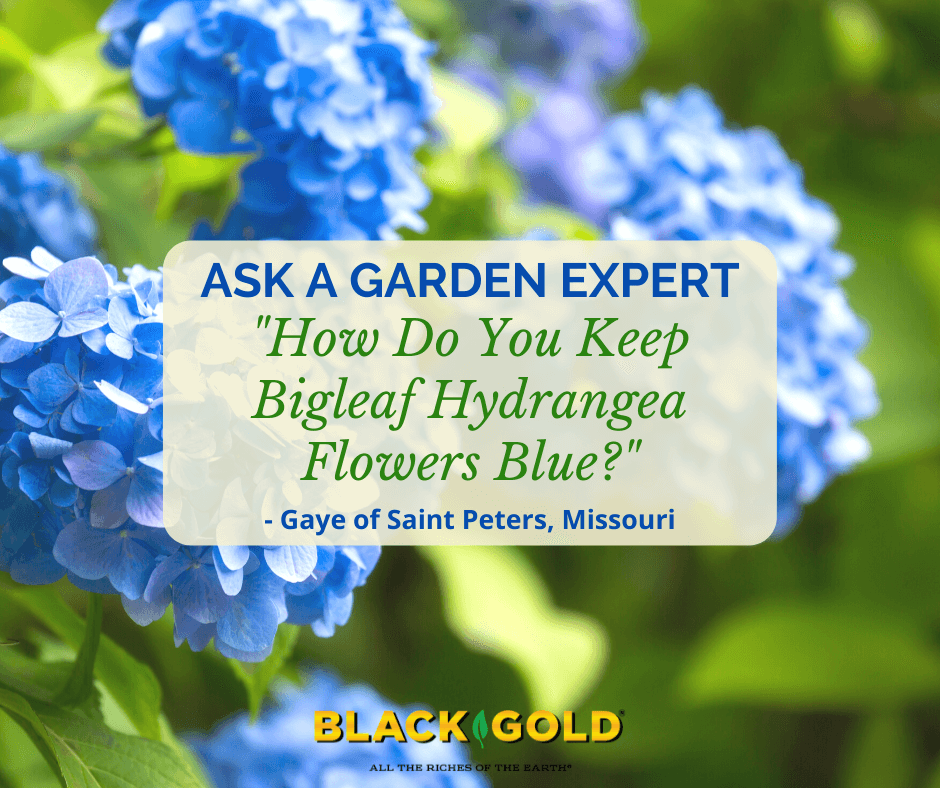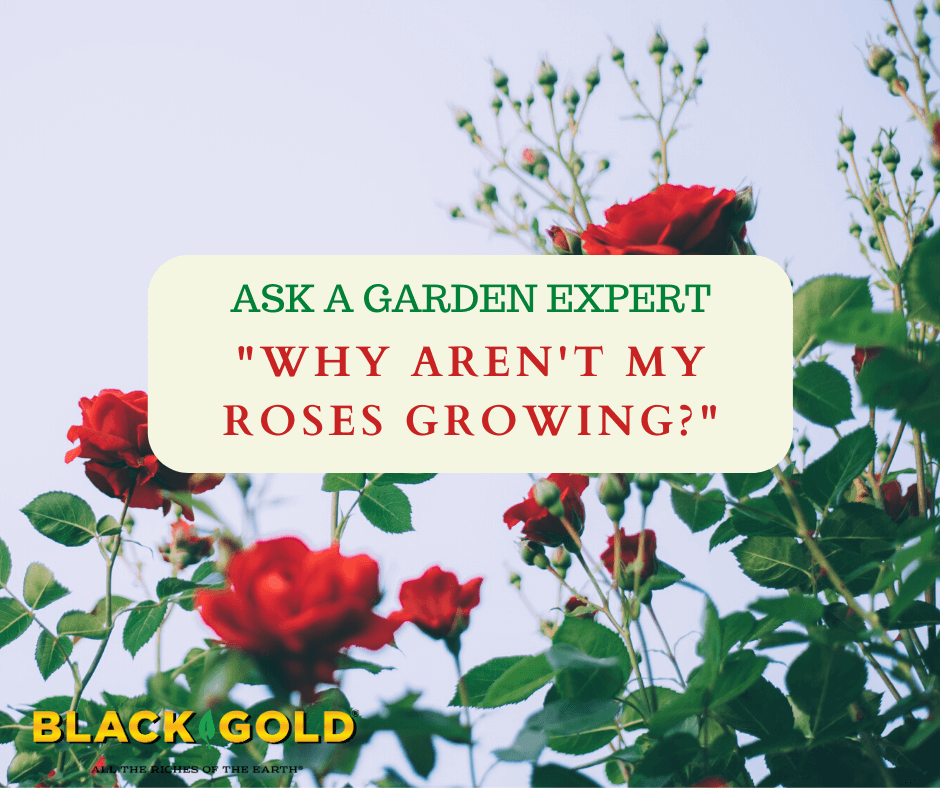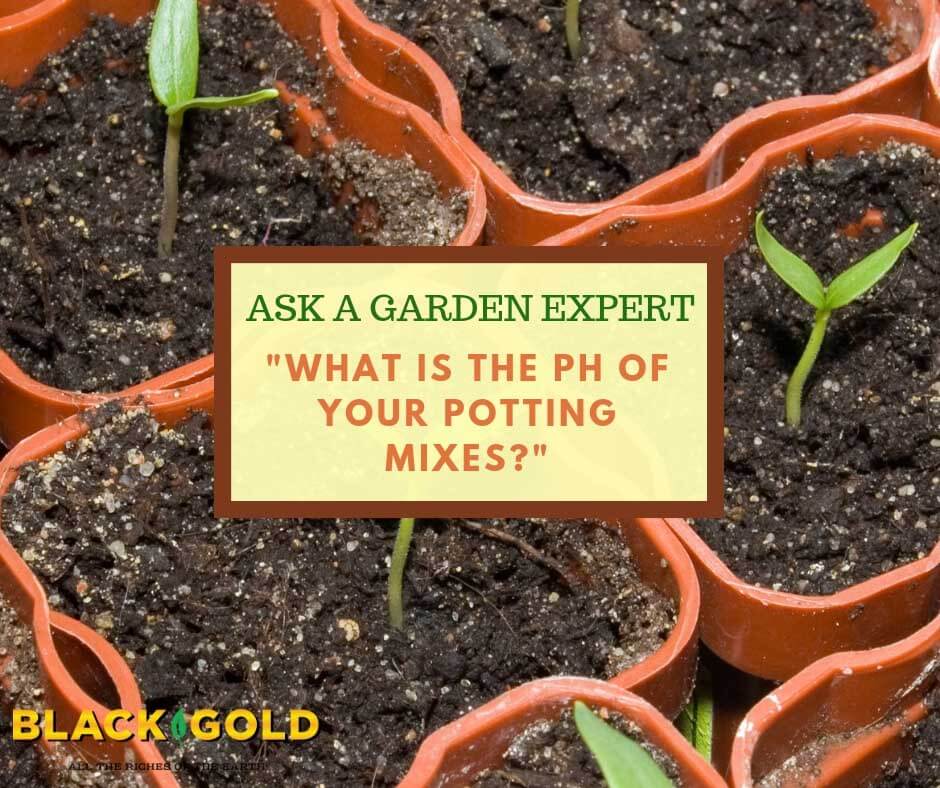“What’s the best way to ensure that my blue [bigleaf] hydrangea stays blue?” Question from Gaye of Saint Peters, Missouri
Answer: It all has to do with soil pH. There are two hydrangeas that have flowers whose color changes depending on whether the soil is acidic (3.5-6.8), alkaline (7.2-10), or neutral ( around 7). These are bigleaf hydrangeas (Hydrangea macrophylla, Zones 5-11) and Japanese mountain hydrangeas (Hydrangea serrata, Zones 6-9). If your flowers are on the pinker side then your soil is more alkaline, and if they are erring towards purple then your soil is more neutral. To achieve flowers with a bluer hue, you will need to lower your soil pH. There are several ways to do this.
Steps For Acidifying Soil
Black Gold Peat Moss is naturally acid, so you can amend the soil around your hydrangeas with peat to lower the pH. Follow up by adding an acidifying fertilizer supplement. Many reputable fertilizer companies make “acidifying fertilizers” or soil acidifiers–any would do. (Please click here for more information about how to acidify your soil from Oregon State University.)
Just lower your soil a little below neutral, and those hydrangeas will begin to turn blue!
Happy gardening,
Jessie Keith
Black Gold Horticulturist





